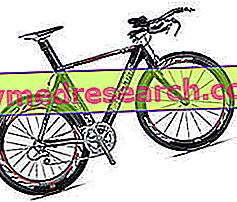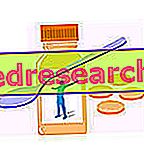By Dr. Stefano Casali
Definition
Rational set of more or less complex motor events organized in their structure so as to adapt the athlete's behavior to the characteristics:
Tools
Some materials
The environment
Of the opponents
Sporting rules
Technique teaching
Global method
When the coordination difficulties are not articulated
Analytical method
Decomposition of the gesture into several fragments or parts. If this were not possible to slow down the executive rhythm;
To stimulate in the subject an autonomous activity that allows to discover his own motor solutions;
Always keep in mind that every method used for teaching the technique is aimed at a specific purpose;
Organize, during the training session for the technique, pauses for reflection and questioning on the sensations perceived by the subject regarding the task performed.
Technical training
First phase
Acquisition of the technique and learning of motor sequences according to an adequate biomechanical logic.
Second phase
Imitative training by approaching the theoretical model. Elimination of inhibiting factors that cause limitations (fear, insecurity ...).
Third phase
Application training; deliberately organizing the execution of previously mechanized motor schemes by varying the conditions.
Hirtz method
Use all the systems that force you to vary the execution of the movements;
Use all the systems based on the variation of the exercise conditions;
Use drills in race conditions;
Introduction of complex special training sessions that solicit the level of technical and coordination skills more than they do during the competition.


Click on images to enlarge them
Biomechanical evaluation of the technique
Level of knowledge of the observed phenomenon;
Experience of the observer in relation to the phenomenon considered;
Selected observation point;
Environmental conditions;
State of efficiency of the sensory apparatus used;
Emotional state of the subject performing the observation;
Level of precision and knowledge of the ideal theoretical reference model.
Conclusions
There will be an increase in:
Balance Capacity;
Kinesthetic Differentiation Capabilities;
Rhythmic Capacity;
Combination capacity and coupling of movements;
Ability to Modulate Strength and Speed;
Motor Memorization Capacity.
Bibliography



